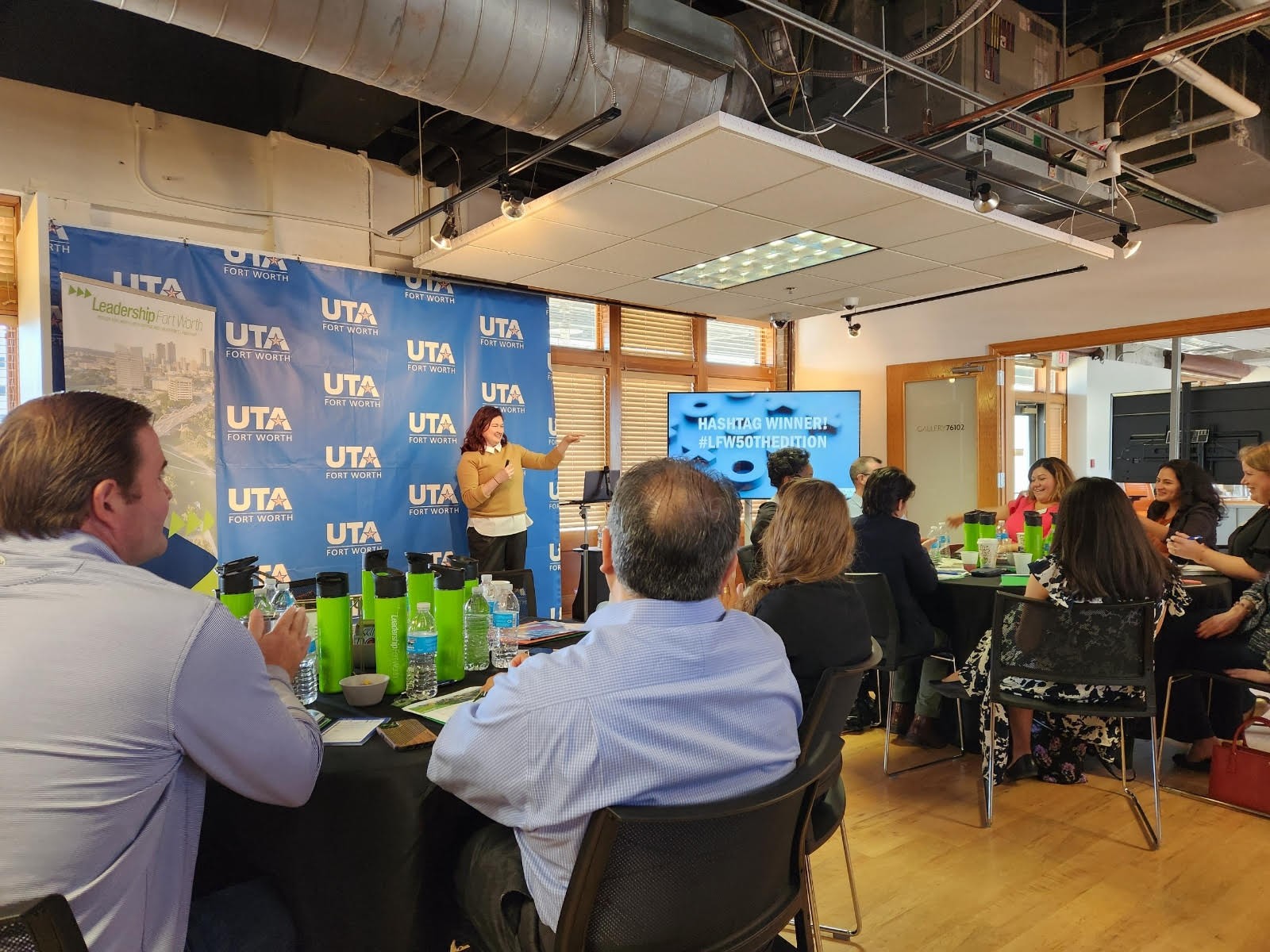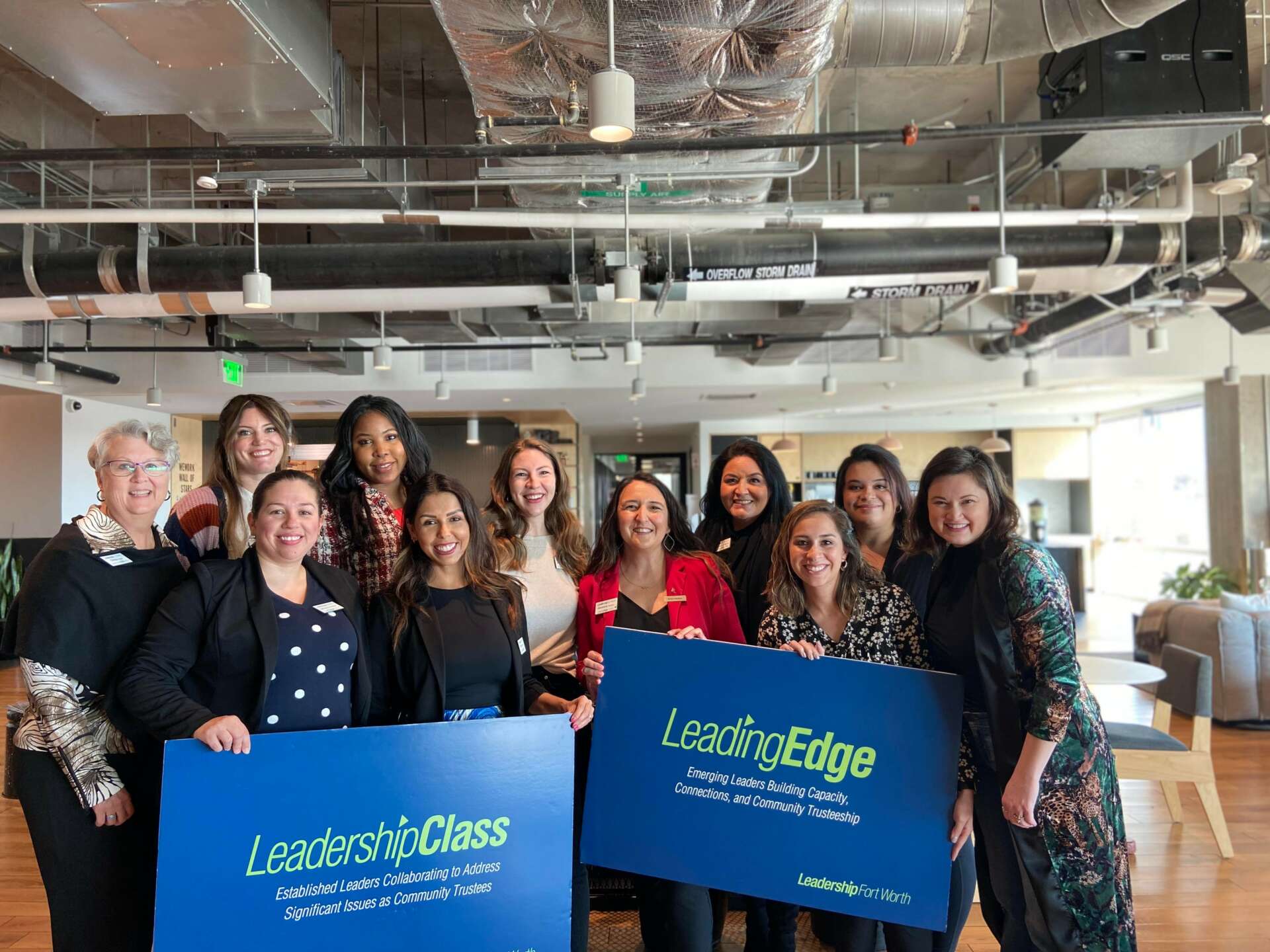We were lucky to catch up with Sara Fairley-Luna recently and have shared our conversation below.
Alright, Sara thanks for taking the time to share your stories and insights with us today. Do you have any thoughts about how to create a more inclusive workplace?
I work in the leadership training sector, where our focus is ensuring community leaders are equip to support every staff member, employee, community member, resident, patron, customer- you name it. The workplace and workspace has to work for the individual not the the organization. I have a son on the autism spectrum, he is non-verbal and requires a specific environment to thrive. Our current workplaces rarely account for the % of the population with disabilities. In Texas, 28% of the population identifies as having a disability yet we rarely curate workspaces that center disabilities, particularly those that are neurodivergent. Communal and collective spaces that are targeted for breast-feeding parents are crucial, play spaces for children, gender affirming bathrooms- those are a few examples of how to ensure more inclusivity in the workplace. Doors that are voice activated, or signs with braille or signs in the dominant languages spoken by community would all enhance a more inclusive experience. Affirming mental health needs, a slower pace, moving away from a productivity first model to identifying your team’s strengths are building a workplace that is human and strength centered.


Sara, before we move on to more of these sorts of questions, can you take some time to bring our readers up to speed on you and what you do?
As a leadership practitioner, my path to this career involved a unique set of experiences and lessons. I have my degrees in social work and conflict transformation and peace-building. Following my Master’s program, I relocated to Mandalay, Myanmar, living and working in the community for a year. The experience was life-changing for many reasons, but predominantly offered me the opportunity to challenge my western context. I was forced to reconcile with some hard-truths that, from a young age, had been imbedded into my psyche, while curating lesson plans on conflict transformation and peace-building. It was also around this time, I openly identified as queer and pansexual, living with my NB partner in Myanmar. Following my return to the U.S. I engaged in work in the non-profit space in Vermont, Washington D.C. and San Antonio, TX. Ultimately in 2018, I chose to leave my job to purse work for a grassroots democratic candidate in my home town of Fort Worth. This experience cemented my thoughts and queries about moving back home. I met my now wife through this campaign and although our candidate did not win, we fostered an incredible network of activists in a semi-dormant politically active community. Following this role, I joined an immigration non-profit as the youngest C-suite member and led a team of about 22 providing wrap around services to asylum seekers and DACA recipients in Texas. One of the best lessons I learned in this job is to know when to leave. Following my departure, I took six-months off to revisit who I was outside of the professional expectations internally or externally placed on me. I began meditating daily, I wrote a book of poetry, I painted, I volunteer for another local mayoral campaign, I began becoming more heavily invested in a local LGBTQ non-profit organization- but beyond this, I spent six months reintroducing myself, to me. For the years prior, I had solely been defined by professional success, I loved leading teams, setting up programs, crafting strategic plans, coaching professionals, etc, but would those moments matter the most to me? Is that how I would measure my life? Or had I inverted the true value of life, was life to be lived experience to experience, staying grounded and present in the moment, forging the path you’re given and learning from every opportunity? This internal journey, led me to where I am today, the Program Director for a 50-year old leadership organization, where I am focused on training every-level of professional leader in self-reflection, awareness, strengths, conflict analysis and transformation and how to be good stewards for every community member. I would say my brand, is empathy, compassion, self-reflection and learning. I have also started a leadership hub, One At A Time (OAAT), which is meant to provide resources to leaders and offer opportunities for us to collectively grow those invisible, but powerful skills such as empathy, compassion, forgiveness, stamina for tension or difficult conversations and staying present.



Can you tell us about what’s worked well for you in terms of growing your clientele?
Regarding my strategy for who I work with, my main strategy is authenticity. The leaders I currently work with, would all likely be able to state what my core values are. I begin every training session, grounding us in community agreements, reminding everyone to be open to listening other people’s lived experiences, becoming more attune to where they notice tension in their body during a difficult conversation and ensuring that they take care of themselves. I try to actively demonstrate my values, but before I could do that, I had to spend time determining my values and separating a perceived valued that I had learned was important (multi-tasking and task-completion for example) in comparison to a value that was truly meaningful to me (valuing relationship over task completion). Through this process of self-discovery I began to uncover the most authentic version of myself, practiced new professional boundaries, vocalized my process and remain transparent with those I am working with. I also truly practice apologizing, when confronted with an un-intended impact of my behavior, leadership or engagement, I stay present, verbalize an apology, reflect and show gratitude for the opportunity to learn. I am also open to giving and receiving meaningful feedback. So to summarize, I would say authenticity, transparency, compassion and reflecting are core to my strategy for growing clientele that I serve.
Do you have any insights you can share related to maintaining high team morale?
Managing teams is one of the most undertrained skills, what I have observed in my professional career, is we train people to be incredible at their role, while rarely investing in their leadership abilities for team management. My advice is 1) Always lead by example, your team will treat one another, those you serve, your customers and partners they way they observe their manager treating employees, staff or other stakeholders 2) Learn your team’s collective and individual strengths, aim the strength of the staff toward the goal of the team 3) be creative on how to structure the work day 4) Be open and transparent even about difficult topics 5) create a culture of caring, since we spend a majority of our time with our colleagues, the work place has to be both a safe and brave space for every staff member to exist 6) center learning and joy, as much as possible 7) give clear, concise and direct feedback and do not foster an environment of gossip or disrespect – how this could be done: at a staff meeting invite your team to identity core and shared values, a method to addressing internal conflict, and a means to celebrate one another 8) share and give credit abundantly 9) center racial equity work, practices and inclusivity as a budgetary priority 10) offer a clear and transparent bonus structure, pay scale structure and a means to grow within the organization both financially and professionally.
Contact Info:
- Website: https://fairleysm.wixsite.com/one-at-a-time
- Linkedin: https://www.linkedin.com/in/sara-m-fairley/


